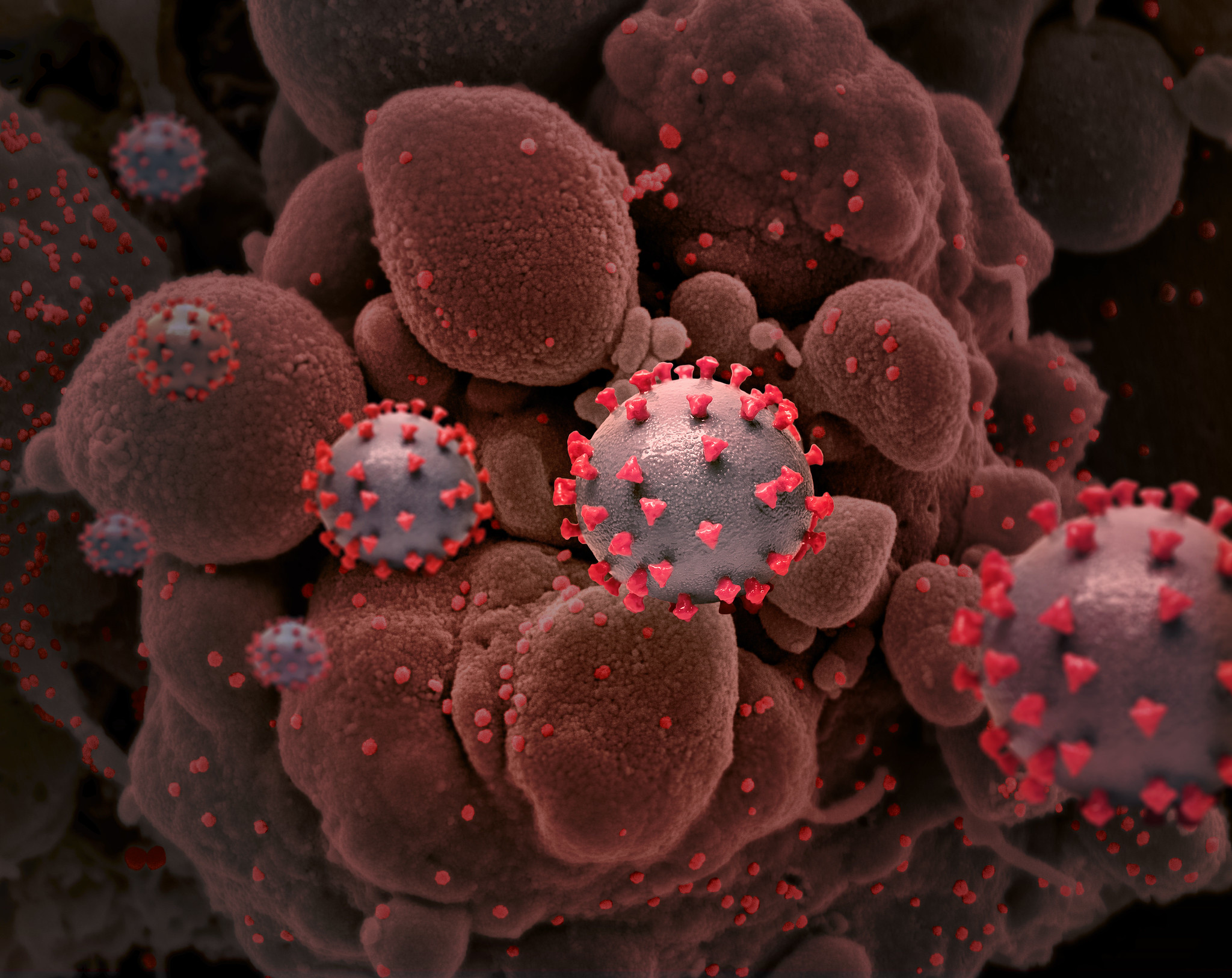The preprint, released last week, argues that SARS-CoV-2, the virus that causes COVID-19, may have originated as a synthetic virus in the lab. It has not yet been peer reviewed or published in a scientific journal.
Like much of U.S. Right to Know’s work, the preprint examines available evidence in order to get a glimpse into what virology experiments might have been undertaken before the pandemic.
Two competing theories about the origin of COVID-19 have taken center stage. One theory holds that the virus spilled over from live mammals sold at a seafood market, while the other posits that the virus was released from a laboratory famous for collecting and studying coronaviruses.
To determine whether SARS-CoV-2 had characteristics of genetic manipulation, the authors looked at the pattern of markers called restriction sites in the SARS-CoV-2 genome. Restriction sites are locations where DNA is cut during genetic engineering.
These restriction sites occur naturally in viruses, but can also be added at key locations in the lab to enable genetic manipulation.
The authors found that two restriction sites commonly used for genetic engineering — BsaI and BsmBI — were evenly spaced along the genome. The longest fragment between these restriction sites is unusually short.


No comments:
Post a Comment